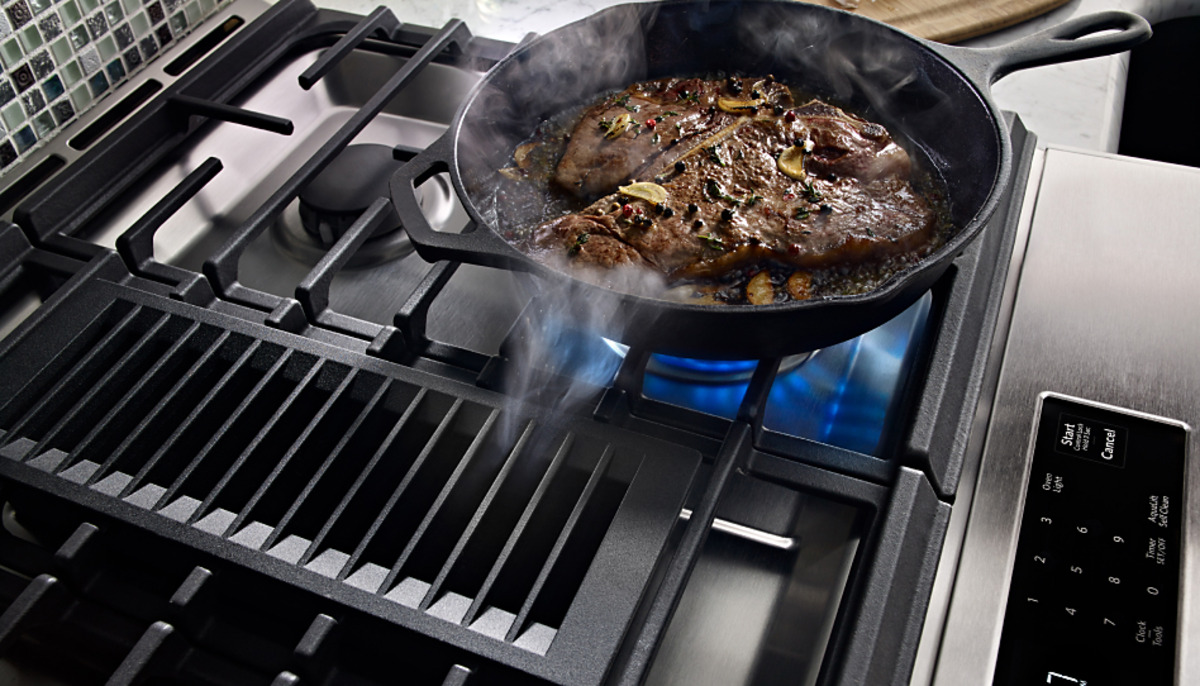

Articles
What Is Downdraft Cooktop
Modified: January 6, 2024
Learn all about downdraft cooktops in our informative articles that cover everything from installation to maintenance and troubleshooting tips.
(Many of the links in this article redirect to a specific reviewed product. Your purchase of these products through affiliate links helps to generate commission for Storables.com, at no extra cost. Learn more)
Introduction
Welcome to the world of modern cooking! If you’re in the market for a new cooktop, you may have come across the term “downdraft cooktop.” But what exactly is a downdraft cooktop and what sets it apart from traditional cooktops?
A downdraft cooktop is a sleek and innovative appliance that combines a cooktop and a built-in ventilation system. Instead of relying on a traditional range hood placed above the cooking surface, a downdraft cooktop utilizes a downdraft ventilation system, which pulls smoke, steam, and odors down and out through ductwork beneath or behind the cooktop.
This design offers a range of benefits, including space-saving installation, improved indoor air quality, and a streamlined visual aesthetic. In this article, we’ll explore the ins and outs of downdraft cooktops, how they work, their advantages and disadvantages, installation considerations, maintenance tips, and more.
Whether you’re renovating your kitchen, upgrading your appliances, or simply curious about the latest cooking technologies, understanding the features and benefits of downdraft cooktops will help you make an informed decision for your kitchen space.
Key Takeaways:
- Downdraft cooktops offer a space-saving, sleek, and modern solution for kitchen ventilation, improving indoor air quality and providing a streamlined visual aesthetic. They are ideal for homeowners seeking both style and functionality in their kitchen spaces.
- While downdraft cooktops provide advantages such as improved safety and ease of cleaning, they may have limitations in ventilation power and installation. Homeowners should carefully weigh the pros and cons to determine if a downdraft cooktop is the right fit for their kitchen.
Read more: How To Install A Downdraft Cooktop
Definition of Downdraft Cooktop
A downdraft cooktop is a specialized cooking appliance that combines a cooking surface with a built-in ventilation system. Unlike traditional cooktops, which rely on separate range hoods or overhead ventilation, downdraft cooktops pull smoke, steam, and odors down and out through a concealed ventilation system located beneath or behind the cooktop.
This integrated ventilation system consists of a series of fans, filters, and ductwork that work together to efficiently remove cooking byproducts from the kitchen. Typically, downdraft cooktops feature a glass or metal surface with burners or induction elements for cooking, while the downdraft ventilation system is controlled through a separate switch or touch control panel.
Downdraft cooktops are commonly available in both electric and gas options, catering to the specific needs and preferences of home cooks. Electric downdraft cooktops feature radiant or induction elements that heat the cookware directly, while gas downdraft cooktops utilize gas burners with open flames for cooking.
Unlike traditional cooktops, which require an overhead range hood or exhaust fan to capture and expel cooking fumes, downdraft cooktops offer a more streamlined and space-saving solution. This design eliminates the need for bulky range hoods, allowing for more flexibility in kitchen layout and providing a clear line of sight across the space.
Overall, a downdraft cooktop combines the functionality of a cooktop and ventilation system into a single appliance, offering efficient and effective smoke and odor removal while maintaining a contemporary and seamless kitchen design.
How Downdraft Cooktop Works
Understanding how a downdraft cooktop works is key to appreciating its unique capabilities. Unlike traditional cooktops, which rely on an overhead ventilation system, downdraft cooktops employ a specialized downdraft ventilation system to draw cooking byproducts down and out.
The basic principle behind a downdraft cooktop is that it combines cooking and ventilation in one integrated unit. When you turn on the burners or induction elements on a downdraft cooktop, the cooking process generates smoke, steam, and odors. Instead of rising and dispersing into the kitchen, these byproducts are immediately captured by the downdraft ventilation system.
The downdraft ventilation system works by creating a suction that pulls the smoke, steam, and odors downwards. This is achieved through a combination of fans and filters located within the cooktop. As the cooking byproducts are drawn downwards, they pass through filters that help remove grease, smoke particles, and odors.
Once the cooking byproducts have been captured and filtered, they are then channeled through ductwork that leads to the exterior of the home. This ensures that the smoke, steam, and odors are efficiently expelled outside, preventing them from lingering in the kitchen and affecting indoor air quality.
Depending on the specific design of the downdraft cooktop, the ventilation system may be located beneath the cooking surface or behind it. Some models feature a retractable or pop-up downdraft vent that is hidden when not in use, allowing for a seamless and unobtrusive appearance.
It’s important to note that downdraft cooktops require proper installation to ensure optimal performance. The ductwork that connects the cooktop to the exterior must be correctly routed and installed to facilitate the smooth flow of air and cooking byproducts out of the kitchen.
In summary, a downdraft cooktop effectively captures and expels cooking byproducts through a combination of suction, fans, filters, and ductwork. By pulling smoke, steam, and odors downward and out of the kitchen, downdraft cooktops provide a convenient and efficient solution for ventilation while maintaining a clean and visually appealing kitchen environment.
Advantages of Downdraft Cooktop
Downdraft cooktops offer several advantages that make them a popular choice among homeowners. Here are some of the key benefits:
- Space-saving design: One of the most significant advantages of a downdraft cooktop is its space-saving design. Unlike traditional cooktops with a separate range hood, downdraft cooktops don’t require an overhead ventilation system. This allows for more flexibility in kitchen layout and design, as well as a clear line of sight across the cooking area.
- Sleek and modern aesthetics: Downdraft cooktops feature a sleek and modern appearance, contributing to an overall contemporary and streamlined kitchen design. With a built-in ventilation system hidden beneath the cooktop, there’s no need for an additional range hood, creating a cleaner and more visually appealing look.
- Improved indoor air quality: The downdraft ventilation system effectively captures and expels smoke, steam, and odors, helping to maintain a healthier indoor environment. By removing cooking byproducts directly from the source, downdraft cooktops prevent them from lingering in the kitchen and spreading throughout the home, reducing the risk of indoor air pollution.
- Flexibility in kitchen layout: Downdraft cooktops offer greater flexibility in kitchen layout compared to traditional cooktops. With the absence of a range hood, homeowners can utilize the space above the cooktop for other purposes, such as installing cabinets or shelves. This allows for more efficient use of available kitchen space.
- Improved safety: Downdraft cooktops provide enhanced safety during cooking. Without an overhead range hood, there is no risk of accidentally hitting your head or burning yourself on a hot hood while cooking. This makes downdraft cooktops particularly suitable for homes with low ceilings or tight spaces.
- Ease of cleaning: Maintaining a downdraft cooktop is relatively easy compared to traditional cooktops with range hoods. With no hood filters to clean or grease buildup on the hood surface, cleaning becomes a simpler task. The removable filters of the downdraft ventilation system can be easily cleaned or replaced, ensuring optimal performance and airflow.
These advantages make downdraft cooktops a popular choice for homeowners who prioritize both style and functionality in their kitchen spaces. The space-saving design, improved air quality, and modern aesthetics contribute to a more enjoyable cooking experience and a visually appealing kitchen environment.
Disadvantages of Downdraft Cooktop
While downdraft cooktops offer several advantages, it’s important to consider their disadvantages as well. Here are some of the potential drawbacks:
- Less effective ventilation: Compared to traditional range hoods, downdraft cooktops may provide less powerful ventilation. Since the ventilation system is located beneath or behind the cooktop, it may not capture smoke, steam, and odors as efficiently as an overhead hood. This can result in lingering odors or a less optimal removal of cooking byproducts.
- Noise: Downdraft cooktops with built-in ventilation systems can be noisier compared to traditional cooktops. The fans and motors required to create suction and expel air can generate more noise during operation. However, advances in technology have led to quieter models, and the noise level can be minimized to some extent.
- Installation limitations: Proper installation of a downdraft cooktop is crucial for optimal performance. The ductwork that connects the cooktop to the exterior needs to be correctly routed and installed, which may pose challenges in certain kitchen layouts. In some cases, the installation of downdraft cooktops may require additional modifications to the kitchen or venting setup.
- Cost: Downdraft cooktops tend to be more expensive than traditional cooktops with separate range hoods. This is due to the additional cost of the built-in ventilation system and the specialized design. However, it’s important to consider the long-term benefits and aesthetics when assessing the overall value of a downdraft cooktop.
- Space limitations: While downdraft cooktops save space by not requiring an overhead range hood, they do require space beneath or behind the cooktop for the ventilation system. This may limit the storage or drawer space available in the kitchen cabinets below the cooktop. It’s essential to consider the available space and how it will be utilized when opting for a downdraft cooktop.
- Backup ventilation: In some cooking scenarios, such as when using large quantities of high-heat cooking methods, the downdraft ventilation system may not be able to effectively capture all the smoke and odors. In such cases, it’s advisable to have alternative ventilation options, such as opening windows or using additional fans, to ensure proper elimination of cooking byproducts.
While these disadvantages should be taken into account, it’s essential to weigh them against the advantages and your specific kitchen needs. For homeowners who prioritize a sleek design, space-saving solutions, and improved indoor air quality, the disadvantages of downdraft cooktops might be outweighed by the benefits they offer.
When installing a downdraft cooktop, make sure to properly measure the space to ensure it fits and allows for proper ventilation. Additionally, consider the location of the downdraft vent to optimize its effectiveness.
Read more: How To Vent Downdraft Cooktop
Installation of Downdraft Cooktop
Proper installation of a downdraft cooktop is crucial to ensure its efficient operation and integration into your kitchen. Here are the key steps involved in the installation process:
- Choose the right location: Select a suitable location for your downdraft cooktop that meets the necessary clearance requirements. Consider factors such as proximity to electrical or gas connections and the availability of appropriate ductwork for ventilation.
- Prepare the countertop: Ensure that the countertop where the downdraft cooktop will be installed is sturdy and capable of supporting the weight of the appliance. If necessary, make any modifications or reinforcements to the countertop to accommodate the cooktop.
- Install the downdraft vent system: The downdraft ventilation system is a critical component of the cooktop. Follow the manufacturer’s instructions to properly install the ventilation system beneath or behind the cooktop. This typically involves securing the ventilation housing and connecting it to the ductwork that leads to the exterior of the home.
- Connect the cooktop: Depending on the type of cooktop (electric or gas), ensure the appropriate connections are made. For electric downdraft cooktops, connect the power supply to the cooktop according to the manufacturer’s instructions. For gas downdraft cooktops, consult a professional to ensure the gas line is properly installed and connected.
- Test the functionality: Once the downdraft cooktop and ventilation system are installed, test the functionality to ensure proper operation. Check the airflow, fan speeds, and any other features or controls to make sure they are functioning as intended.
- Complete the finishing touches: Once the downdraft cooktop is installed and functioning correctly, make any necessary adjustments to ensure it is level and secure. Install any additional components, such as knobs or touch control panels, according to the manufacturer’s instructions.
- Consider professional help: While it is possible to install a downdraft cooktop yourself, it’s recommended to hire a professional for the installation process. They have the expertise and knowledge to handle any technical aspects, ensure compliance with local codes and regulations, and provide a seamless and safe installation.
It’s important to note that the installation process may vary depending on the specific model and manufacturer of the downdraft cooktop. Always refer to the manufacturer’s instructions and consult with professionals when needed to ensure a proper and successful installation.
By following these steps and ensuring proper installation, you can enjoy your downdraft cooktop for years to come, with efficient ventilation and a seamless integration into your kitchen space.
Maintenance and Cleaning of Downdraft Cooktop
To ensure optimal performance and longevity of your downdraft cooktop, regular maintenance and cleaning are essential. Here are some important tips to keep in mind:
- Read the manufacturer’s instructions: Familiarize yourself with the specific maintenance and cleaning instructions provided by the manufacturer for your downdraft cooktop. These instructions may vary depending on the make and model, so it’s important to follow them for the best results.
- Clean the cooktop surface: After each use, wipe down the cooktop surface with a soft, damp cloth to remove any spills, stains, or residue. Avoid using abrasive cleaners or scrubbing pads that could scratch or damage the surface. For stubborn stains, use a non-abrasive cooktop cleaner recommended by the manufacturer.
- Remove and clean filters: The downdraft ventilation system features filters that trap grease, smoke particles, and odors. These filters should be removed and cleaned regularly. Refer to the manufacturer’s instructions for guidance on how to remove and clean the filters. Some filters may be dishwasher safe, while others may require handwashing with mild dish soap and warm water.
- Check and clean the ventilation system: Periodically inspect the ventilation system to ensure it is clear of any debris or obstructions. Remove any accumulated grease or dirt from the vent openings or ductwork using a vacuum cleaner with a brush attachment or a soft brush. This will help maintain proper airflow and performance.
- Inspect and clean the fan: The fan in the downdraft cooktop’s ventilation system plays a crucial role in pulling air and cooking byproducts downward. Regularly inspect the fan for any dirt or buildup that may hinder its functionality. If necessary, clean the fan blades using a soft brush or a cloth. Be careful not to bend or damage the blades during cleaning.
- Check the ductwork: Periodically inspect the ductwork that leads from the downdraft cooktop to the exterior of the home. Make sure it is free from any blockages or restrictions that could hinder proper airflow. If needed, clean the ductwork using a vacuum cleaner or consult a professional for thorough cleaning.
- Follow safety precautions: When performing maintenance or cleaning tasks, always ensure the downdraft cooktop is turned off and cool to the touch. Follow safety guidelines provided by the manufacturer to prevent accidents or injuries during the cleaning process.
- Schedule professional maintenance: Consider scheduling regular professional maintenance for your downdraft cooktop. A professional technician can inspect and service the appliance, ensuring all components are in good working condition and addressing any potential issues before they escalate.
By following these maintenance and cleaning tips, you can keep your downdraft cooktop clean, efficient, and in optimal condition for years to come. This will help maintain its performance, ensure a healthy cooking environment, and extend its lifespan.
Comparison with Traditional Cooktops
When choosing a cooktop for your kitchen, it’s important to consider both downdraft cooktops and traditional cooktops to determine which option best suits your needs. Here’s a comparison between the two:
- Ventilation: One of the key differences between downdraft cooktops and traditional cooktops is the ventilation system. Downdraft cooktops feature a built-in ventilation system that eliminates the need for a separate hood, while traditional cooktops rely on overhead range hoods for ventilation. Downdraft cooktops pull smoke, steam, and odors down and out through a concealed vent, while range hoods capture and exhaust them above the cooking surface. Traditional range hoods generally offer more powerful ventilation compared to downdraft systems, making them a better choice for kitchens with heavy cooking or frequent use of high-heat methods.
- Aesthetics: Downdraft cooktops are known for their sleek and modern aesthetics. With the ventilation system hidden beneath or behind the cooktop, there is a seamless and unobtrusive look. On the other hand, traditional cooktops combined with range hoods can create a bulkier and more visible appearance. If a clean and minimalist visual design is a priority, downdraft cooktops may be the preferred choice.
- Space-saving: Downdraft cooktops are known for their space-saving design. Without the need for an overhead hood, they provide more flexibility in kitchen layouts. This can be particularly advantageous in smaller kitchens where space is limited. Traditional cooktops with range hoods require additional space above the cooking surface, which can impact the overall kitchen design and layout.
- Noise: Downdraft cooktops may produce more noise compared to traditional cooktops. The fans and motors in the downdraft system can generate audible noise during operation. This is in contrast to traditional cooktops, where the noise is limited to the ventilation system. However, advancements in technology have led to quieter downdraft cooktop models.
- Cleaning and maintenance: Downdraft cooktops are generally easier to clean and maintain compared to traditional cooktops with range hoods. There are no filters to clean or grease buildup on the hood surface. Cleaning a downdraft cooktop usually involves wiping the surface and occasionally cleaning the removable filters. Traditional cooktops with range hoods require regular cleaning of filters and hood surfaces, which can be more time-consuming and labor-intensive.
- Cost: Downdraft cooktops tend to be more expensive than traditional cooktops with separate range hoods. The additional cost is due to the built-in ventilation system and the specialized design. Traditional cooktops, on the other hand, offer a more budget-friendly option. It’s essential to consider your budget and the long-term benefits when deciding between the two.
Ultimately, the choice between a downdraft cooktop and a traditional cooktop depends on your specific requirements and preferences. Consider factors such as cooking habits, kitchen layout, design aesthetics, and budget to make an informed decision. Keep in mind that both options have their advantages and limitations, so it’s important to weigh them against your needs to find the cooktop that best suits your kitchen and cooking style.
Buying Guide for Downdraft Cooktop
If you’re considering purchasing a downdraft cooktop for your kitchen, there are several factors to keep in mind to ensure you make the right choice. Here’s a buying guide to help you navigate the options and find the ideal downdraft cooktop for your needs:
- Cooktop Type: Downdraft cooktops are available in both electric and gas options. Determine whether you prefer the precision and speed of induction or radiant electric cooktops or the control and responsiveness of gas cooktops. Consider your cooking preferences and choose the type that aligns with your needs.
- Size and Configuration: Measure the available space in your kitchen and determine the size and configuration that will fit well. Downdraft cooktops come in various widths, typically ranging from 30 to 36 inches. Consider the number of burners or cooking zones you require based on your cooking style and the size of your household.
- Ventilation Power: Assess the ventilation power of the downdraft cooktop you are considering. Look for models with strong airflow and multiple fan speeds to ensure effective smoke and odor removal. Keep in mind that downdraft ventilation may not be as powerful as traditional range hoods, so choose a model that suits your cooking needs.
- Noise Level: Consider the noise level of the downdraft cooktop during operation. Look for models with noise reduction features or quieter motors to minimize any disturbance in your kitchen. Read customer reviews and compare noise ratings between different models to find a quieter option.
- Control Options: Evaluate the control options offered by the downdraft cooktop. Look for user-friendly control panels that provide easy access to the various settings and features. Consider whether you prefer traditional knobs, touch controls, or digital displays, depending on your personal preference and convenience.
- Design and Style: Downdraft cooktops come in a range of designs and finishes. Consider the overall style and aesthetic of your kitchen and choose a downdraft cooktop that complements the existing décor. Whether you prefer a sleek glass surface or a stainless steel finish, select a design that enhances the visual appeal of your kitchen.
- Brand and Warranty: Research reputable brands known for their quality and reliability. Look for downdraft cooktops from manufacturers with a proven track record in the industry. Additionally, check the warranty offered by the manufacturer to ensure you have proper coverage in case of any defects or issues with the cooktop.
- Price and Budget: Set a budget for your downdraft cooktop purchase and consider the price range of different models. While it can be tempting to opt for cheaper options, remember that investing in a higher-quality cooktop can offer better performance and durability in the long run. Strike a balance between your budget and the features you desire.
By considering these factors, you’ll be able to narrow down your options and find a downdraft cooktop that aligns with your cooking needs, kitchen space, and personal preferences. Don’t forget to read customer reviews, compare specifications, and visit local showrooms to see the cooktops in person before making your final decision. With proper research and consideration, you can choose a downdraft cooktop that brings both functionality and style to your kitchen.
Read also: 8 Unbelievable Downdraft Cooktop For 2024
Conclusion
Choosing the right cooktop for your kitchen is a significant decision, and downdraft cooktops offer a unique and innovative option in the market. Their integrated ventilation system, sleek design, space-saving features, and improved indoor air quality make them a popular choice for modern kitchens.
In this article, we explored the definition and workings of downdraft cooktops, highlighting their advantages such as their space-saving design, visual appeal, and improved safety. We also discussed the potential disadvantages, including less powerful ventilation compared to traditional cooktops and potential installation limitations. Additionally, we provided insights into the maintenance and cleaning requirements of downdraft cooktops to ensure optimal performance and longevity.
When comparing downdraft cooktops to traditional cooktop options, it’s important to consider factors such as ventilation power, noise levels, cleaning requirements, and design aesthetics. Determining your specific cooking needs, kitchen layout, and budget will help guide you in making an informed decision.
Ultimately, the choice between a downdraft cooktop and a traditional cooktop depends on your individual preferences, kitchen requirements, and priorities. By considering the advantages and disadvantages of downdraft cooktops, understanding their installation and maintenance, and following the buying guide, you’ll be well-equipped to select the right downdraft cooktop for your kitchen.
Remember to research reputable brands, read customer reviews, and consult professionals when necessary to ensure a successful installation and long-term satisfaction with your downdraft cooktop. With careful consideration and proper maintenance, you can enjoy the benefits of efficient cooking and clean air circulation in your kitchen.
So go ahead and make an informed decision that suits your culinary needs, enhances the aesthetics of your kitchen, and adds convenience to your cooking experience with a downdraft cooktop.
Frequently Asked Questions about What Is Downdraft Cooktop
Was this page helpful?
At Storables.com, we guarantee accurate and reliable information. Our content, validated by Expert Board Contributors, is crafted following stringent Editorial Policies. We're committed to providing you with well-researched, expert-backed insights for all your informational needs.
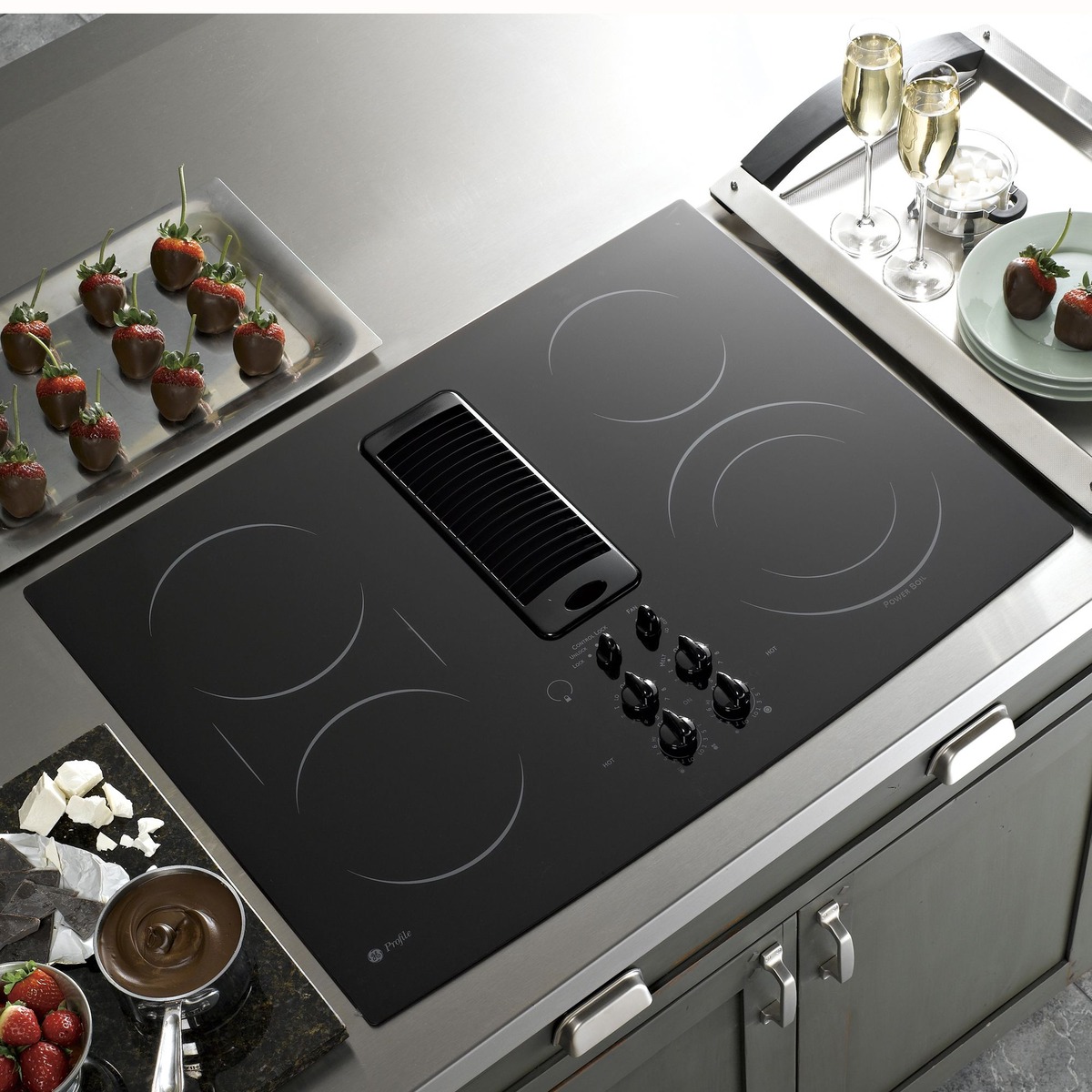
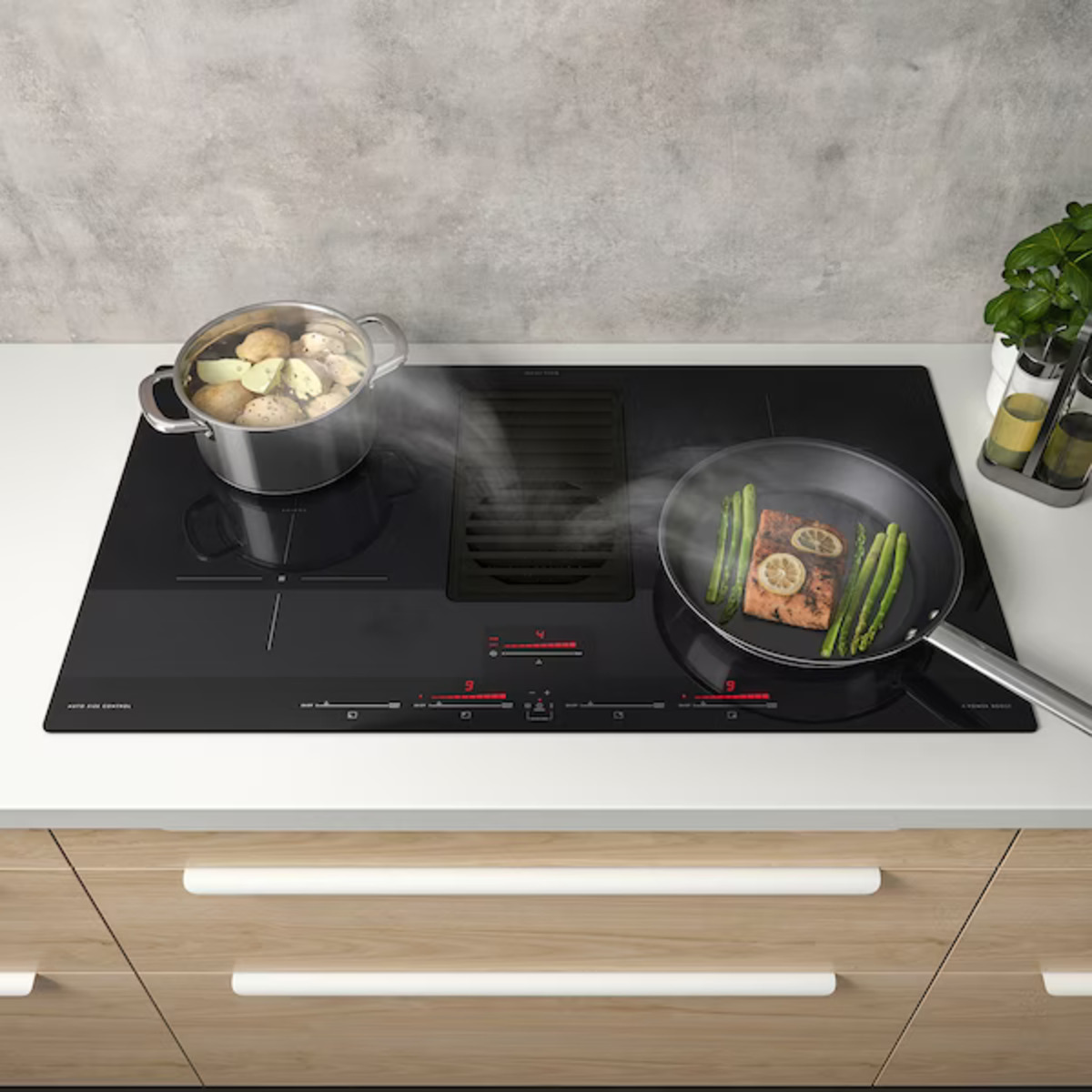
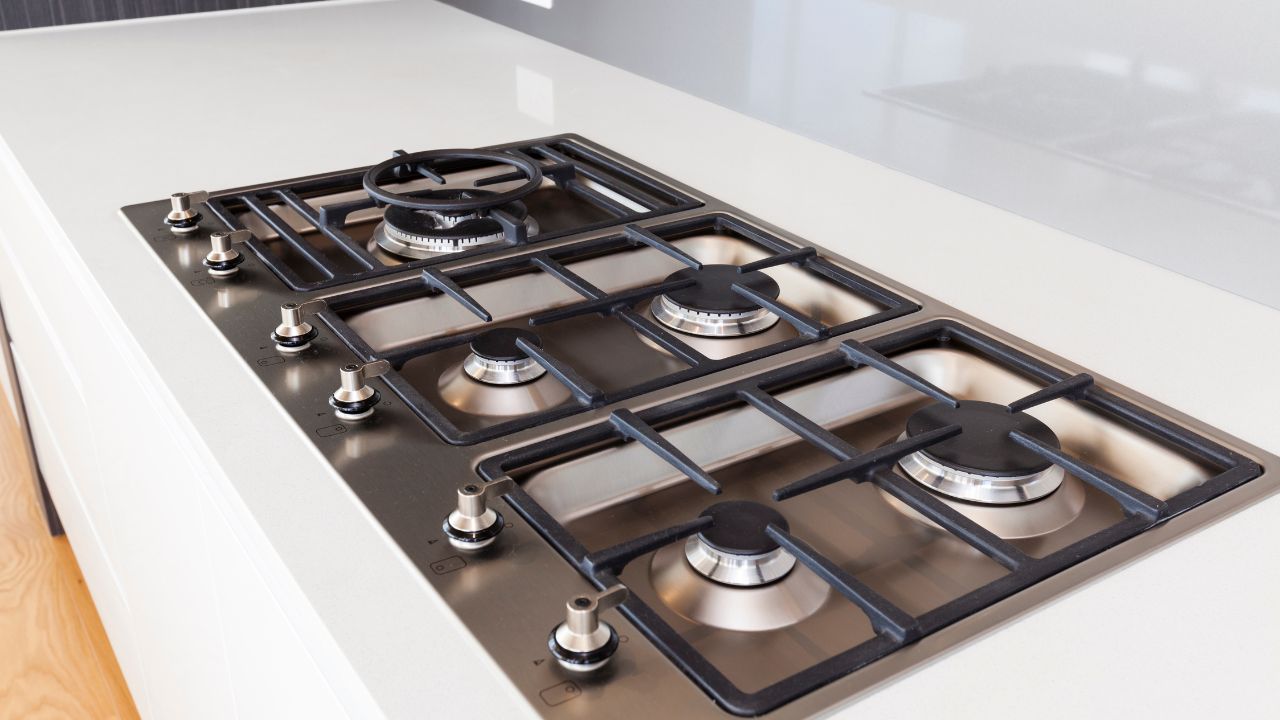
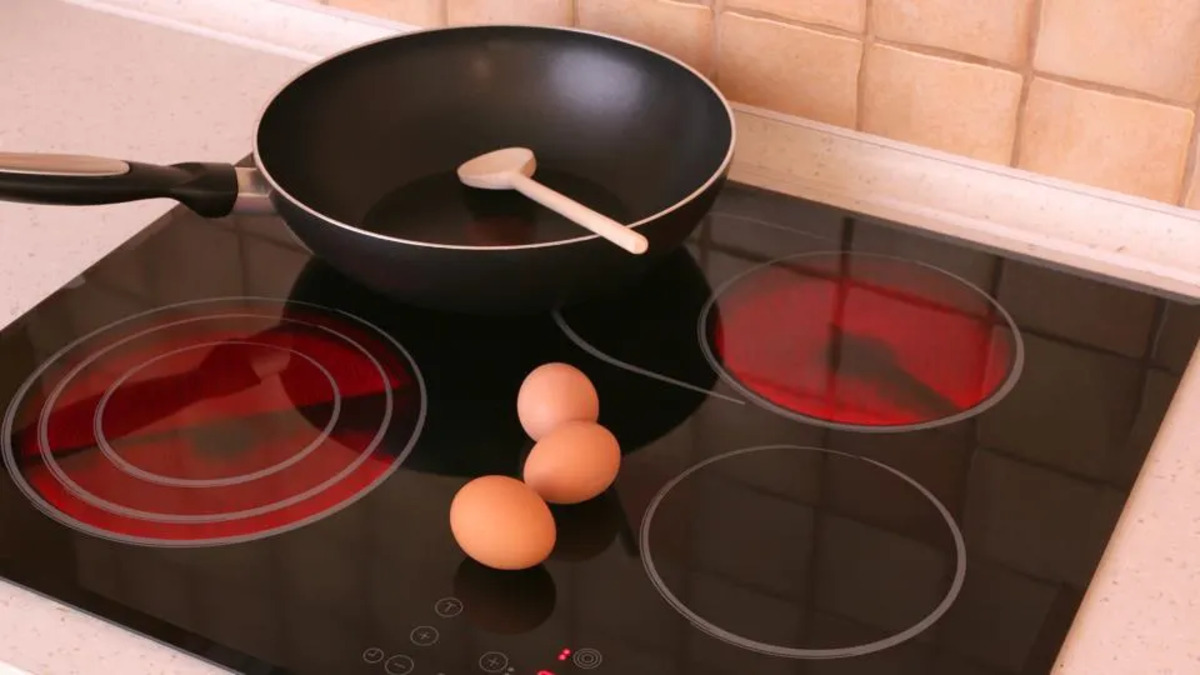
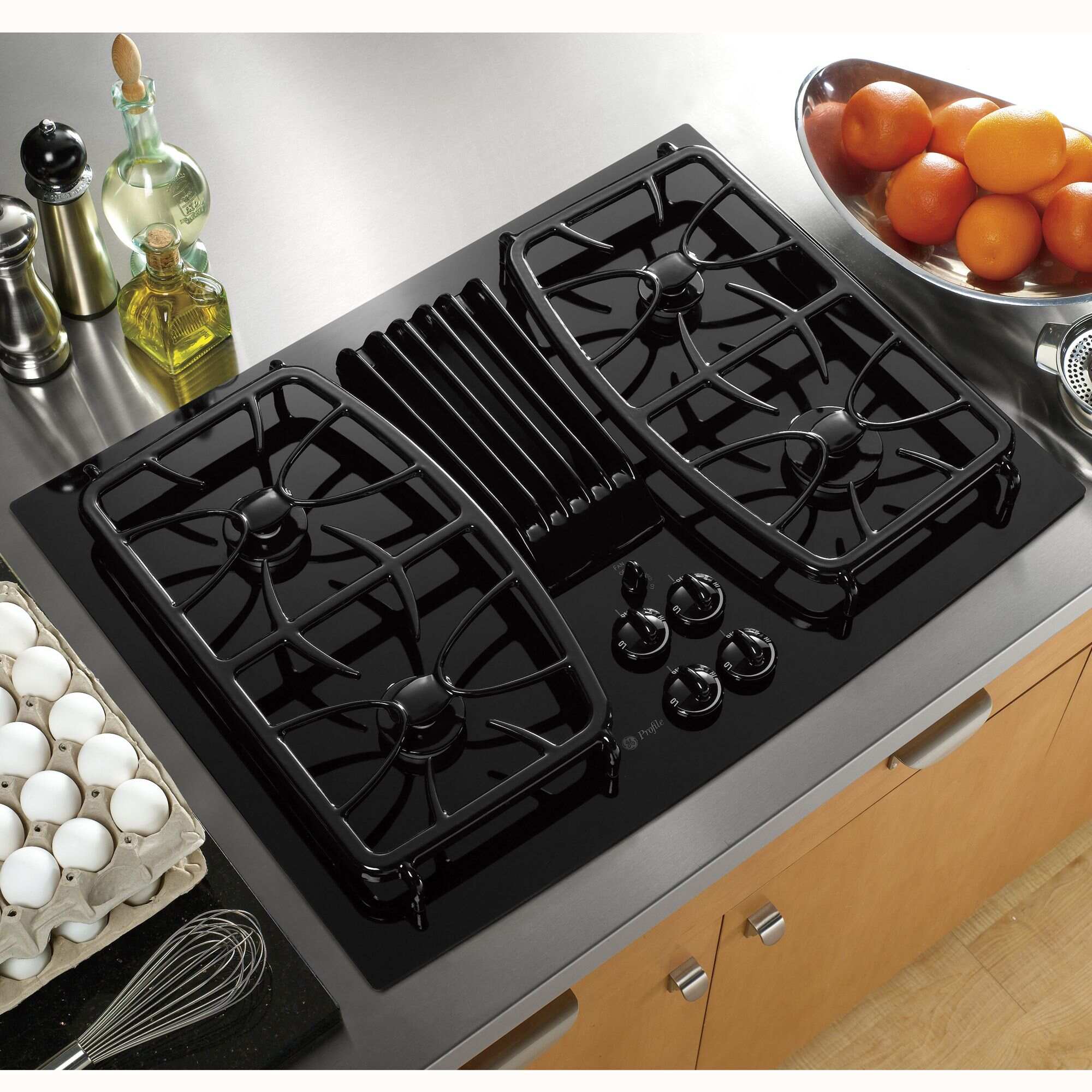
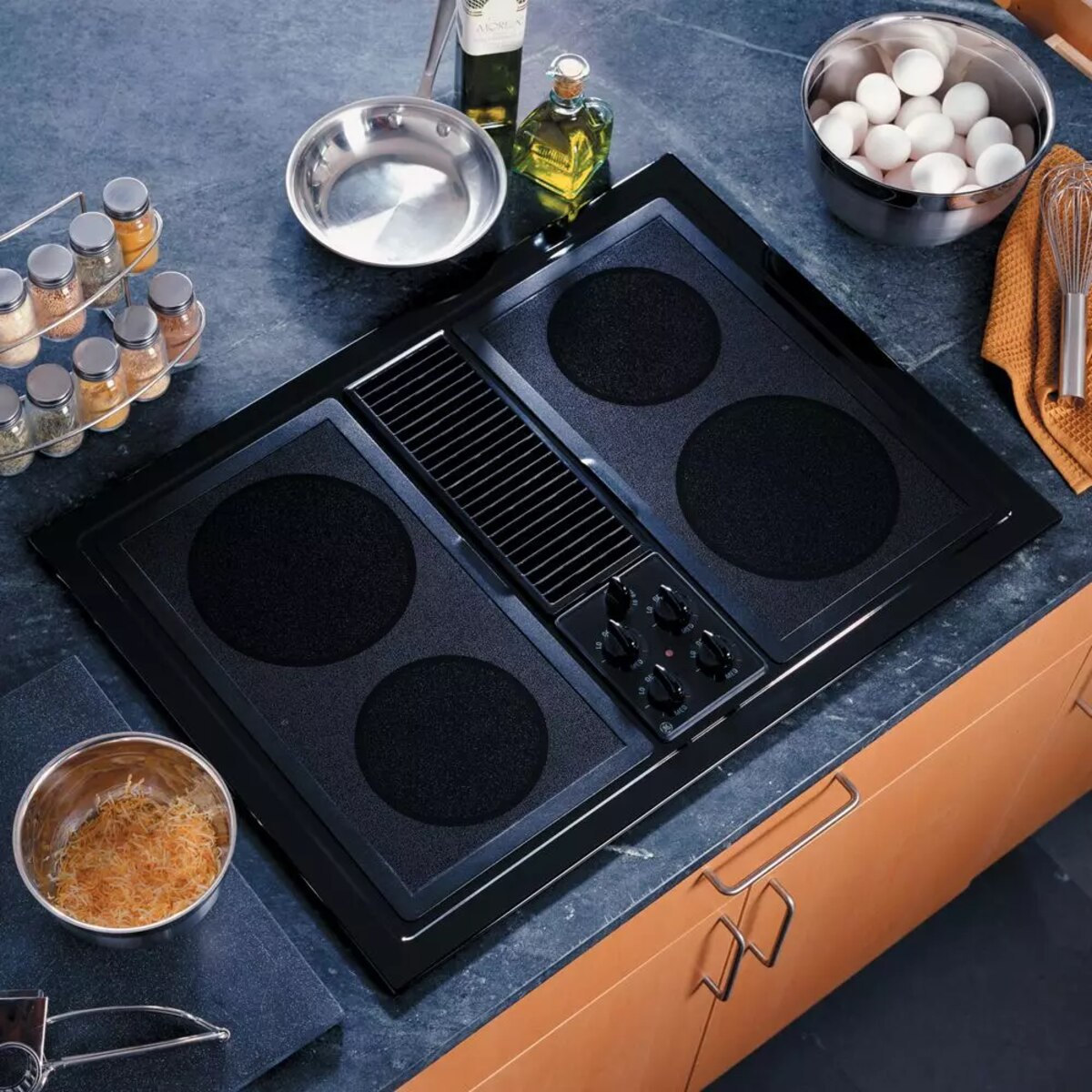
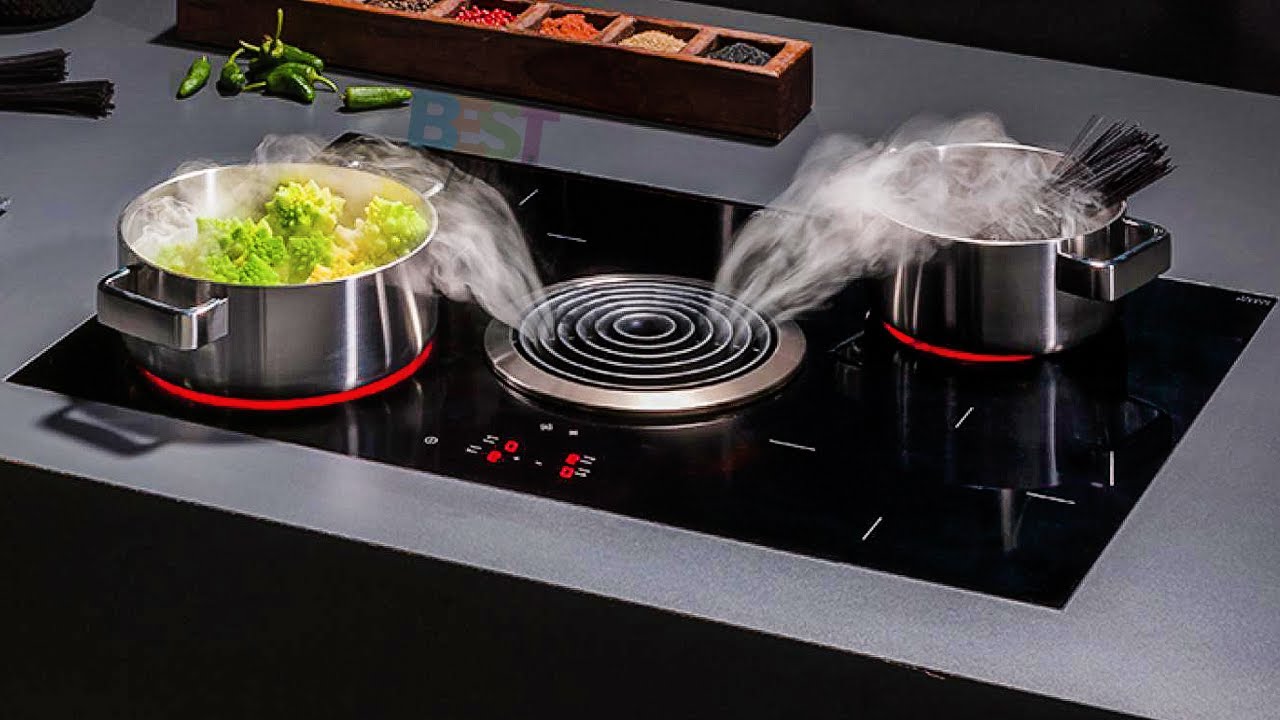
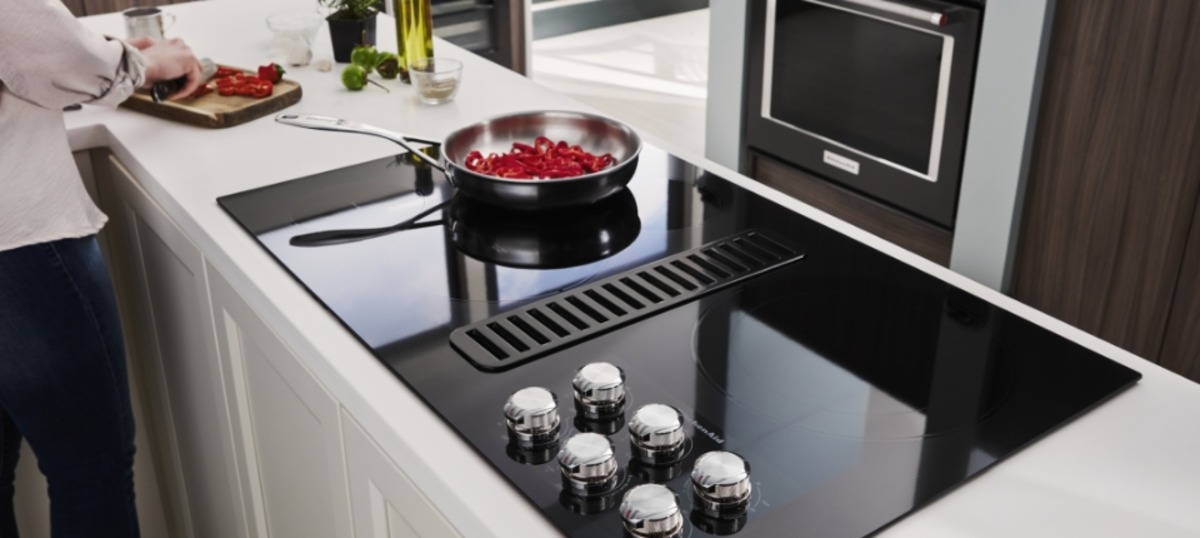
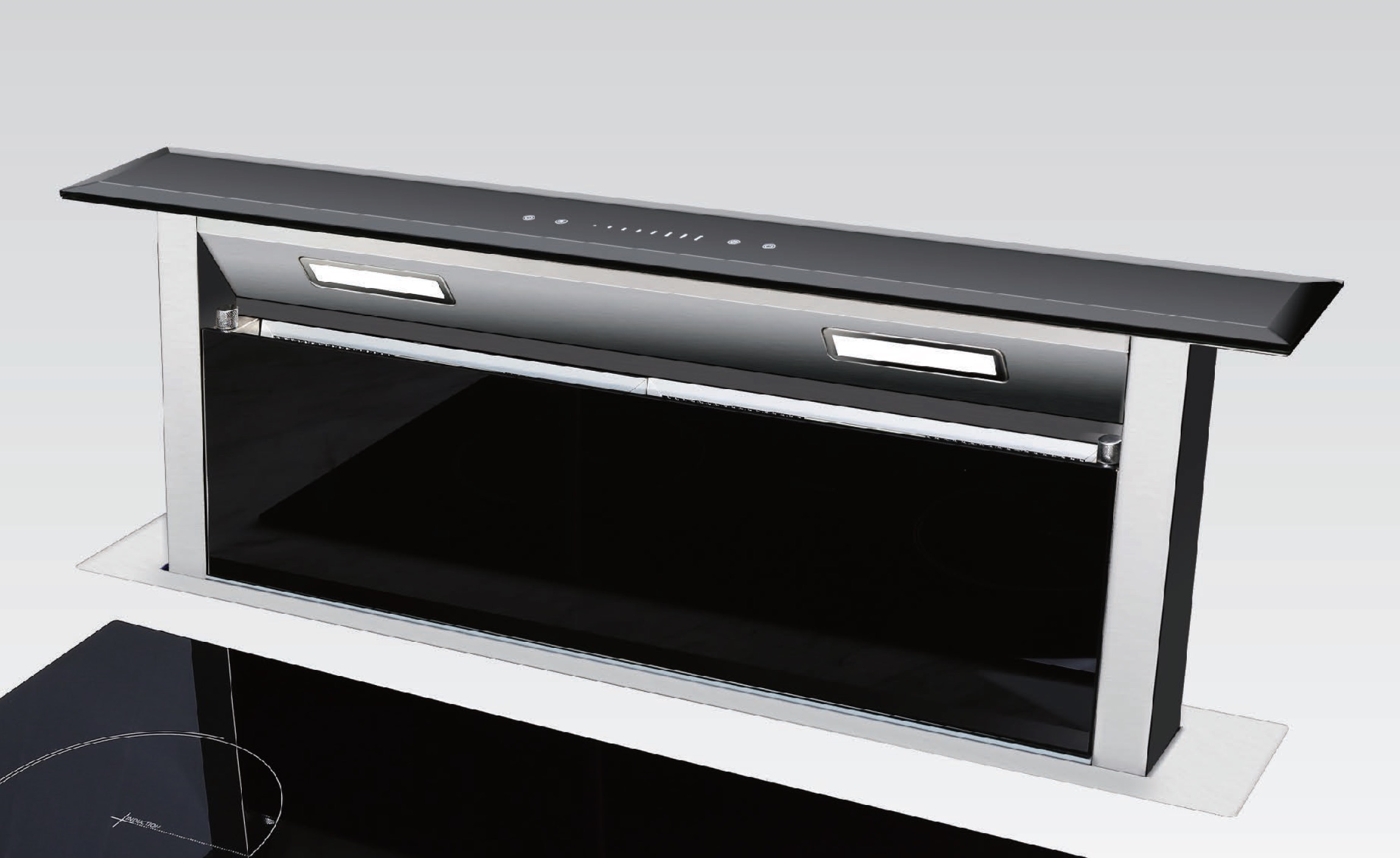
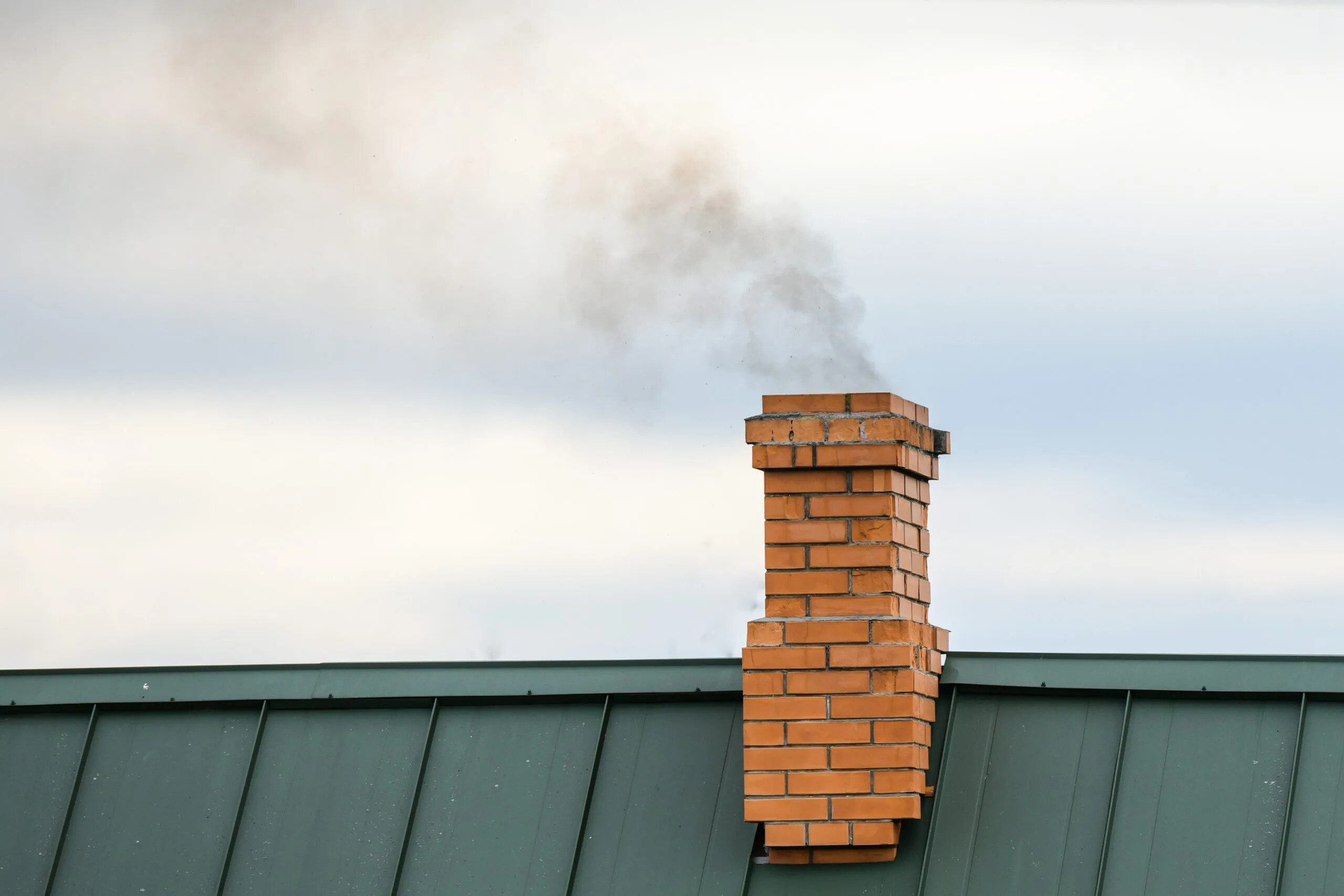
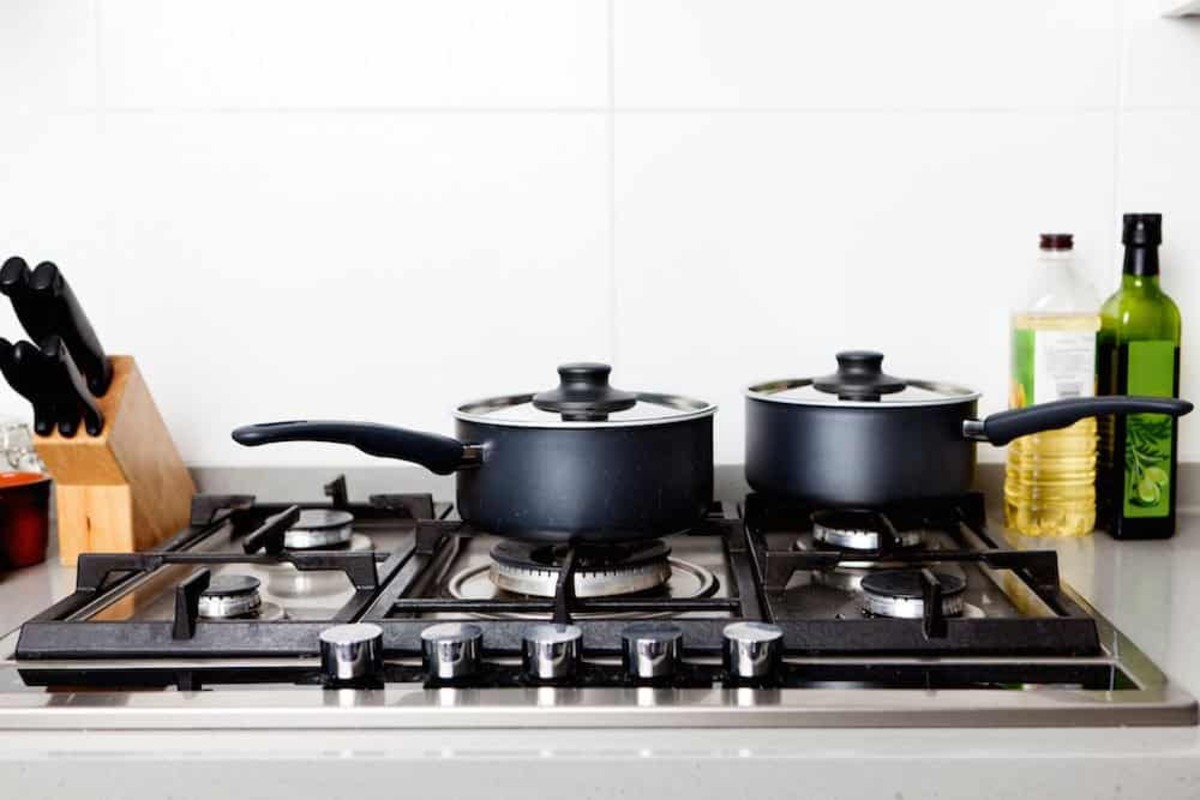
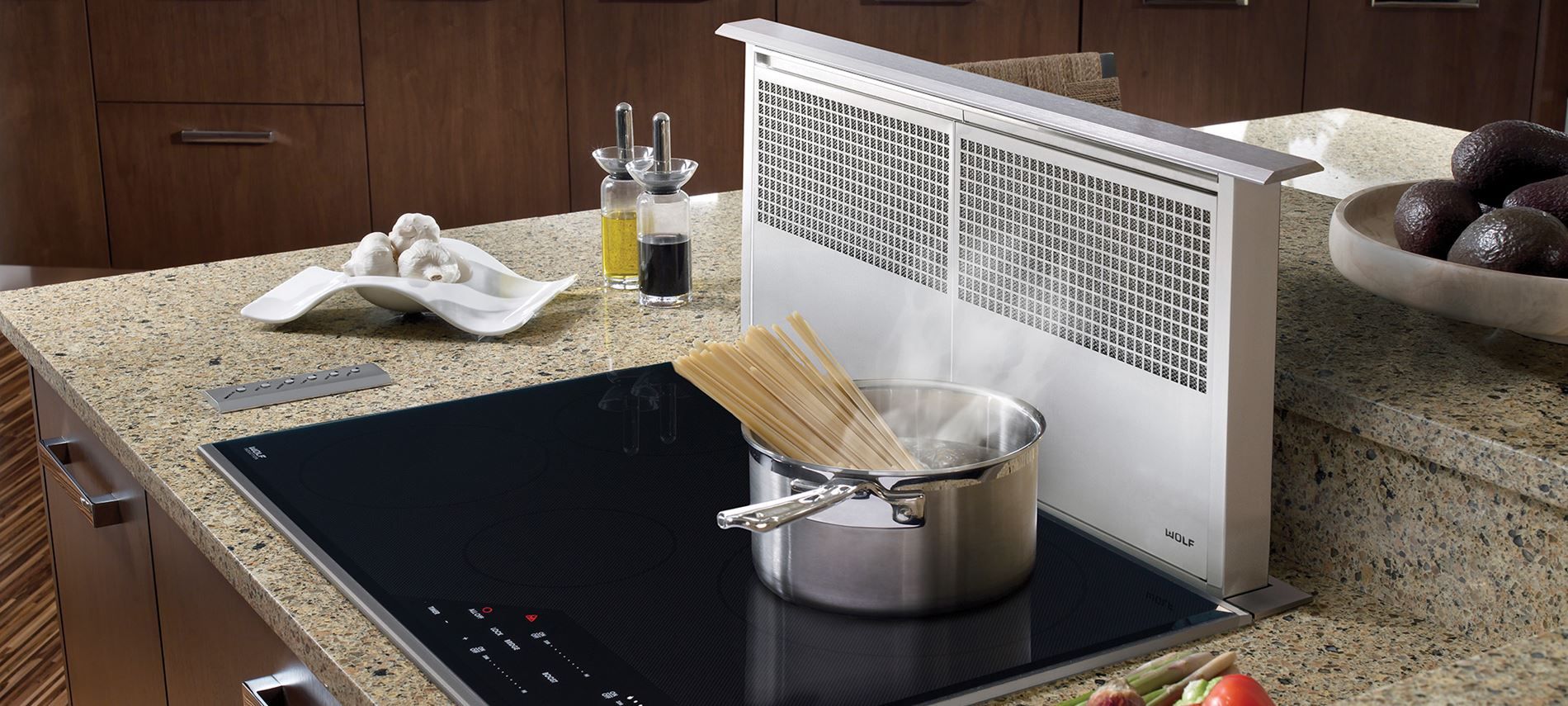
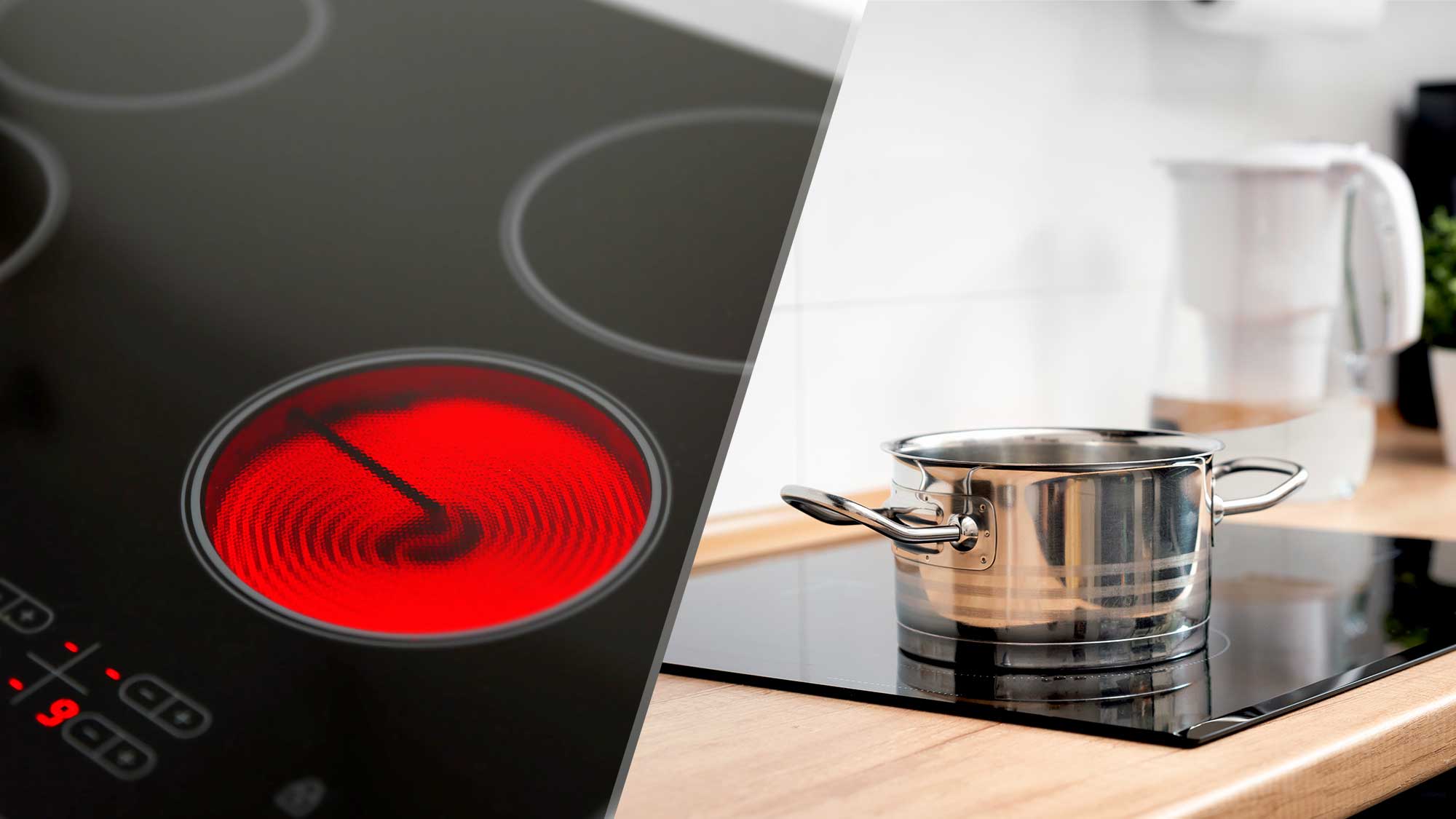

0 thoughts on “What Is Downdraft Cooktop”